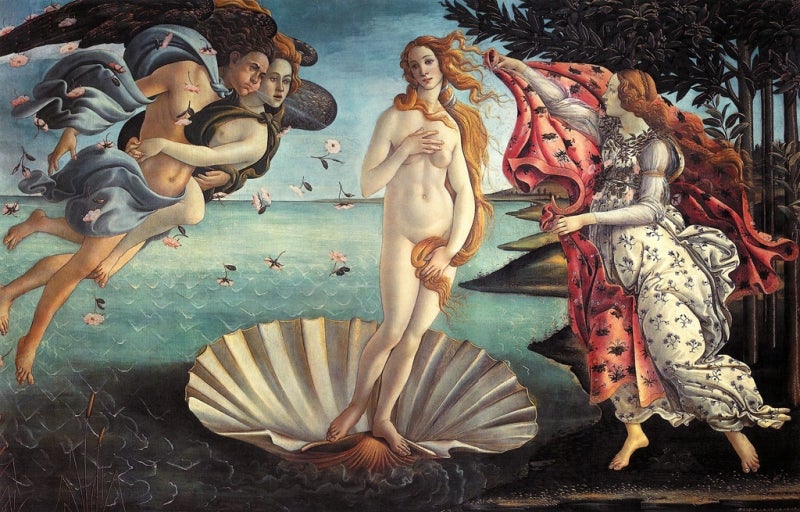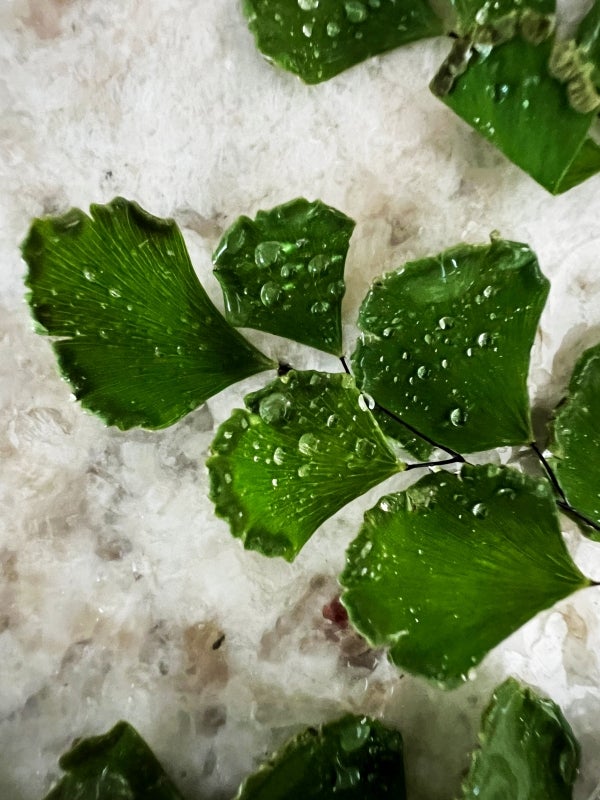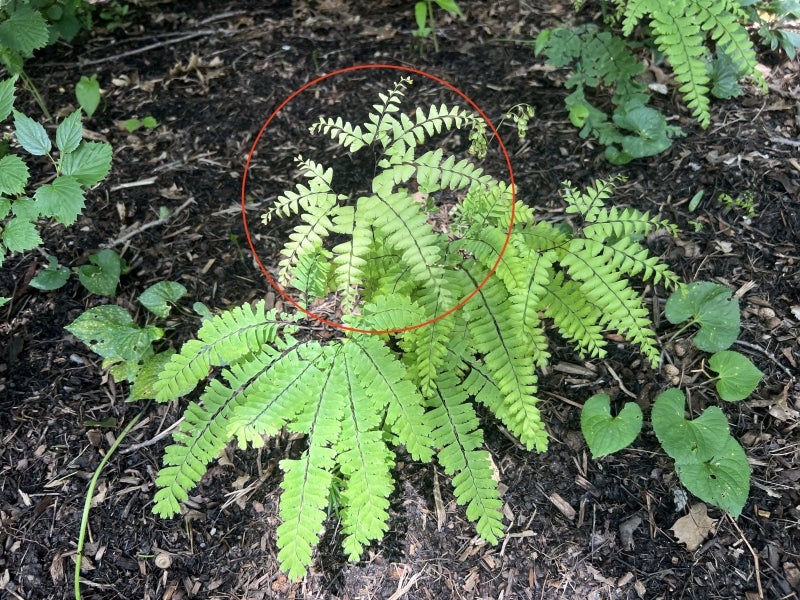Blog


Morris Arboretum & Gardens hosts several of the over 200 species of maidenhair ferns. The maiden commemorated in the name is none other than Venus—the Greek goddess of love, beauty, sex, fertility, and victory—due to parallels between the mythology surrounding Venus and the form and function of maidenhair ferns.

Pliny the Elder (AD 23/24 – AD 79), a Roman natural historian, noted that maidenhair ferns arise from moist places. He also noticed how contradictory this preference in habitat is, considering the maidenhair’s aversion towards wet foliage: water that falls on the leaflets beads up, demonstrating what is now popularly called "the lotus effect," referencing the superhydrophobic self-cleaning properties exhibited by the leaves of the lotus flower. This excellent defense mechanism allows a plant to rid itself of unwanted bacteria and fungi, as well as particles that block photosynthesis.



Pliny also noted that some people in his day called this fern "beautiful hair." The delicate leaf stem is hair like: very thin, hard, wiry, shiny, and black or dark brown in color. With this visual similarity in mind, the plant was used to dye hair and treat hair loss.
Venus was, by legend, conceived in the sea, arising from the water fully grown with long, flowing hair. By the Middle Ages, maidenhair ferns had become unofficially associated with Venus, but it wasn’t until Linnaeus (1707–1778), the Swedish biologist who formalized binomial nomenclature, named the type species that the plant became officially associated with the goddess. Well-versed in both the classics and botany, he called the new species Adiantum capillaris-veneris: Adiantum meaning "wetless" (a name used for this plant since classical antiquity) and capillaris-veneris meaning "hair of Venus" (a name used in the Middle Ages). The Morris Fernery has Adiantum x mairisii, a cross between A. capillus-veneris (southern maidenhair fern) and an unknown second species; Plant Propagator Kyra Matin says to look for this hardy hybrid in pots in the vestibule going down the stairs to the Fernery.
Maidenhair ferns have a cosmopolitan distribution, and A. pedatum (northern maidenhair fern), one of the two species native to Pennsylvania, is cultivated in the Stumpery. For the gardener, the maidenhair fern's preference for moist but well-drained soil must be balanced against the perils of overwatering—while the leaves can defend themselves against excess water, over- wetting of the roots can cause rot.
You will find various species of maidenhair fern in the Fernery, the adjacent Stumpery, and along Oak Allée.
